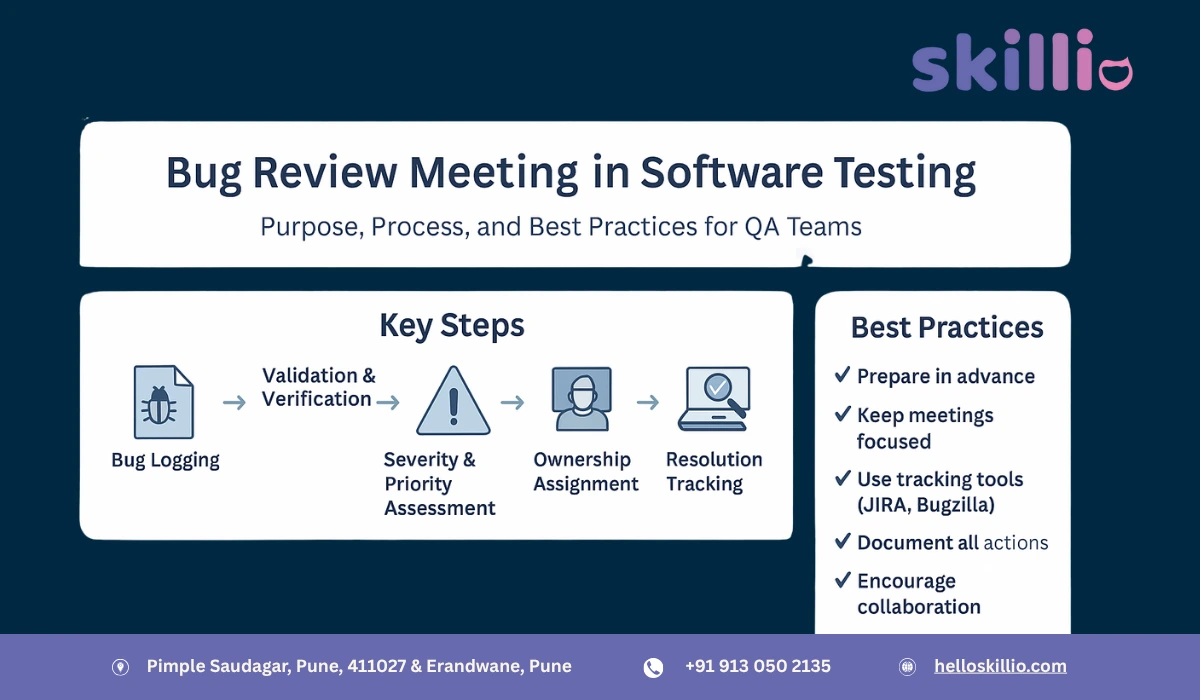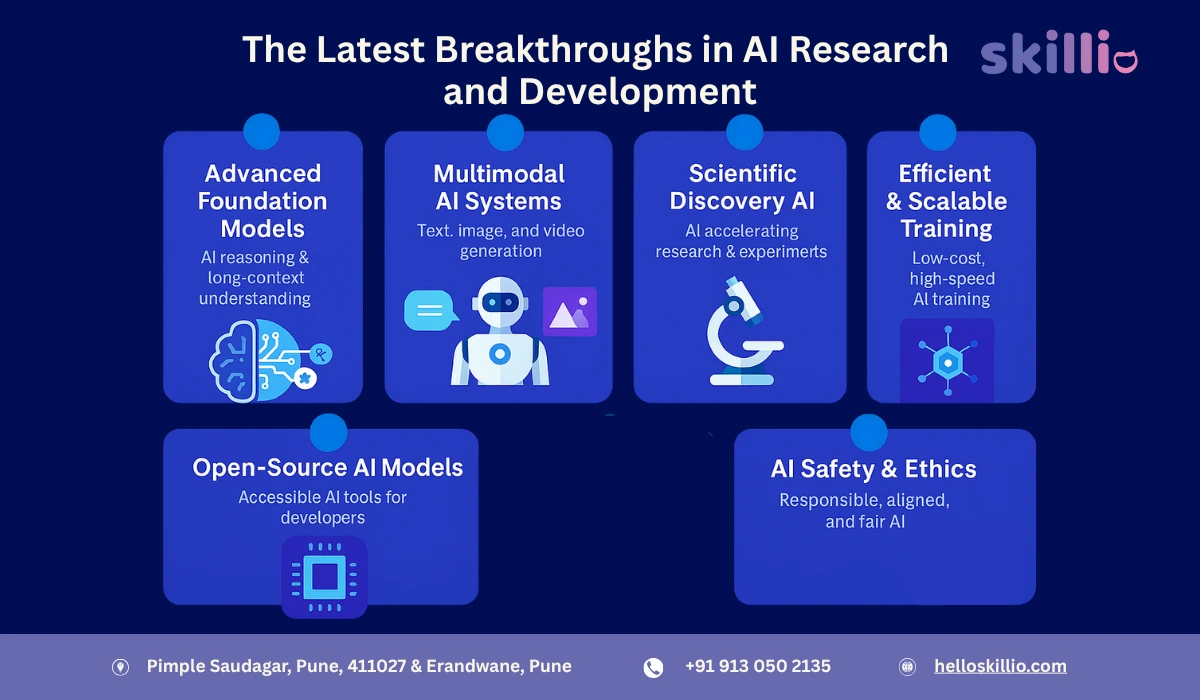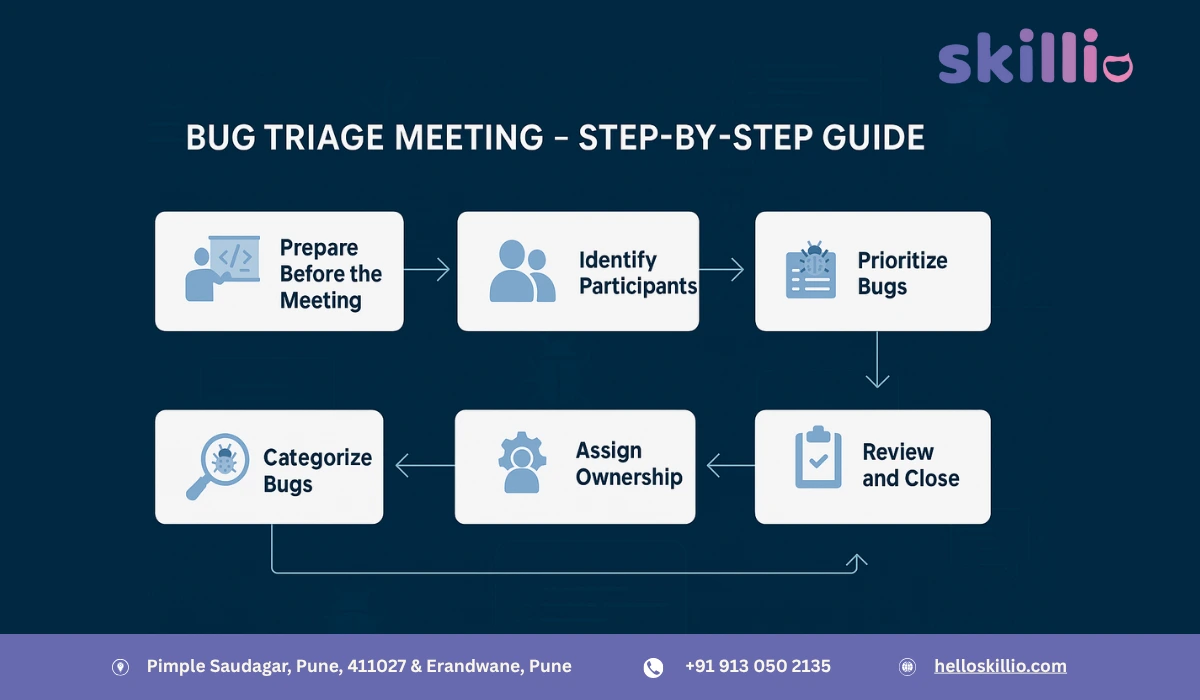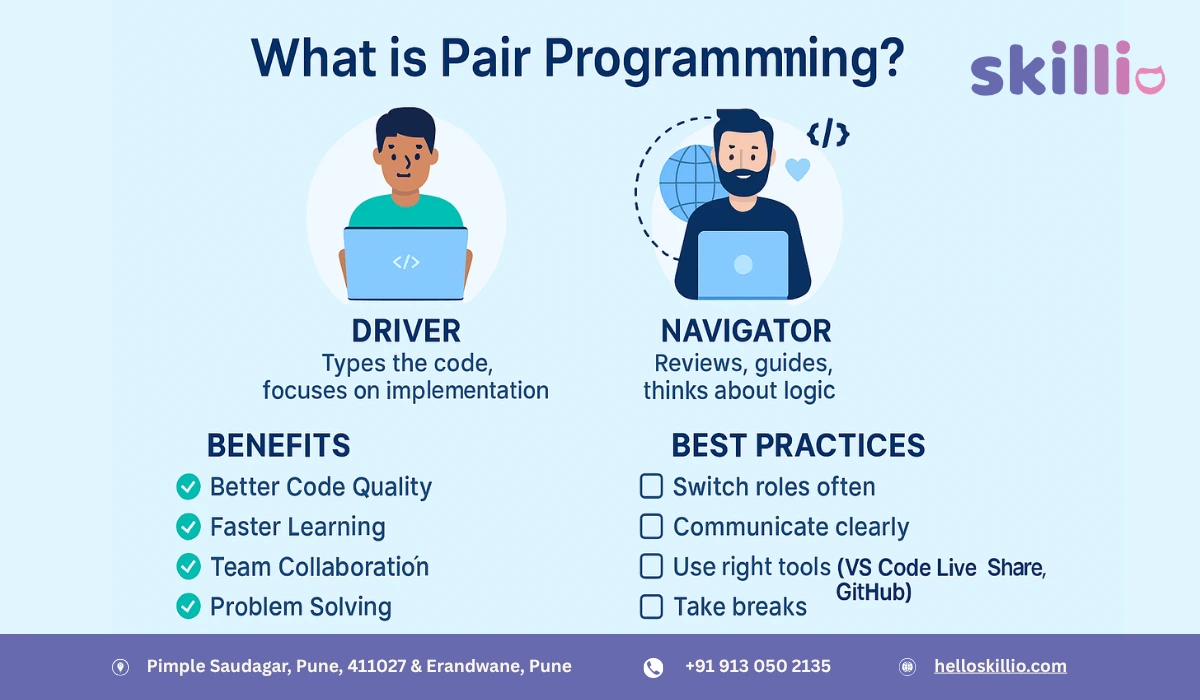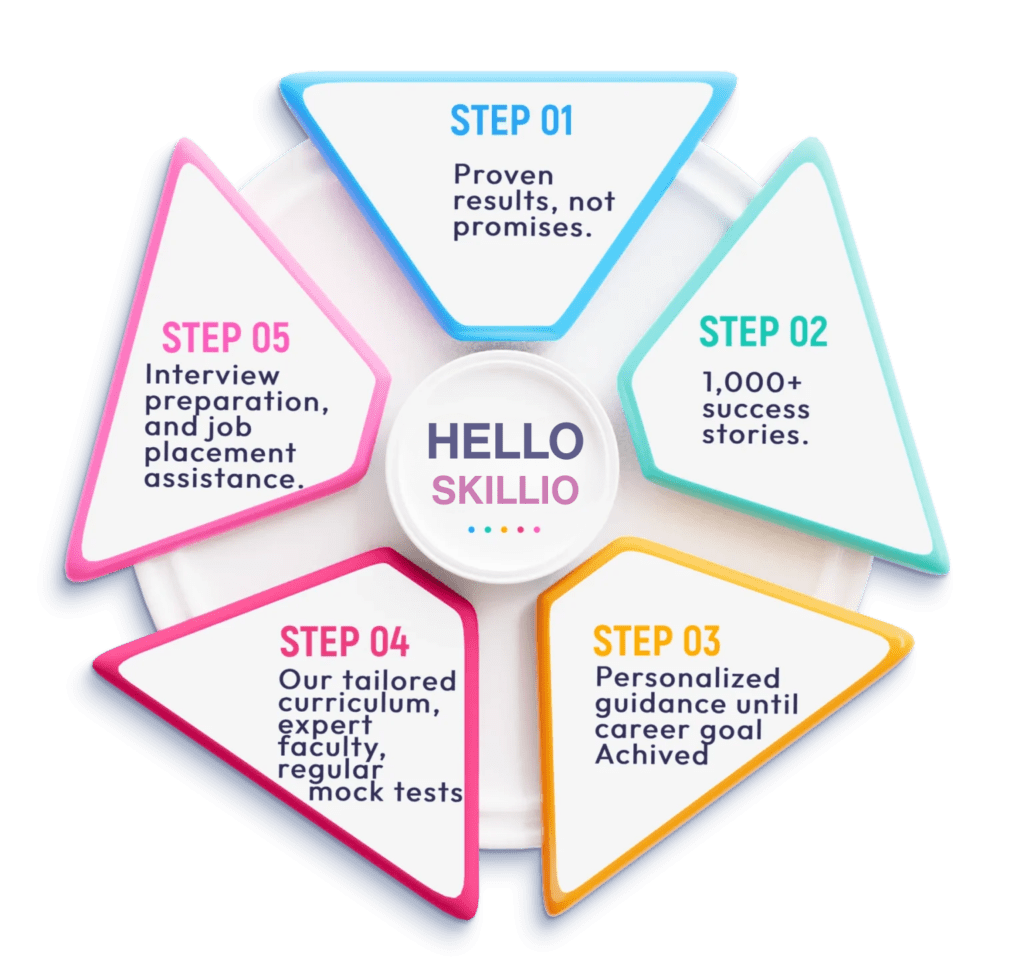In today’s fast-paced software industry, delivering reliable and high-quality products is non-negotiable. Every software application, regardless of its size, goes through several phases of development and testing. One of the most critical aspects of this journey is defect management — the process of identifying, prioritizing, and resolving bugs.
Among various testing practices, Bug Review Meetings (also known as Bug Triage Meetings) stand out as an essential collaboration tool between developers, testers, and project managers. These meetings ensure that every reported defect is addressed efficiently and that product quality remains uncompromised.
If you’re pursuing a career in software testing or enrolled in professional Software Testing Classes in Pune, understanding how bug review meetings work is a vital step in mastering real-world testing practices.
What Is a Bug Review Meeting?
A Bug Review Meeting is a structured session where the testing and development teams come together to discuss reported defects in the product. The main goal is to evaluate each bug’s severity, priority, and impact on the application’s functionality and user experience.
These meetings typically involve multiple stakeholders — QA engineers, developers, product managers, and sometimes business analysts — who collectively decide which bugs should be fixed first and how to allocate resources for resolution.
Purpose of Bug Review Meetings
Bug Review Meetings serve several important purposes within the software testing life cycle (STLC):
- Ensure Accountability: Every bug is assigned to a responsible team member for resolution.
- Validate Defects: Helps verify if reported bugs are genuine and reproducible.
- Set Priorities: Teams decide which issues are critical for release and which can be deferred.
- Promote Collaboration: Encourages transparent communication between QA, developers, and project leads.
- Improve Product Quality: Regular reviews help in catching major issues before deployment.
When Are Bug Review Meetings Conducted?
The frequency of Bug Review Meetings varies depending on the project size and methodology used:
- Agile Projects: Conducted frequently (often after every sprint).
- Waterfall Projects: Typically scheduled weekly or bi-weekly.
- Large-Scale Products: Sometimes require daily triage meetings during testing peaks.
Holding these meetings regularly ensures that bugs don’t accumulate, making it easier to maintain the project timeline.
Participants of a Bug Review Meeting
Effective bug review sessions depend on active participation from all relevant roles:
| Role | Responsibility |
| QA/Testers | Report and explain defects, provide reproduction steps. |
| Developers | Analyze the root cause and provide technical solutions. |
| Project Manager/Scrum Master | Facilitate discussion and track resolution progress. |
| Business Analyst/Product Owner | Ensure fixes align with business requirements. |
The combination of technical and managerial perspectives ensures a balanced approach to defect handling.
Typical Agenda of a Bug Review Meeting
A structured agenda helps maintain productivity and clarity. A standard Bug Review Meeting may include:
- Review of new bugs reported since the last meeting.
- Verification of previously fixed or closed defects.
- Discussion of high-priority or blocking bugs.
- Assignment of ownership for pending issues.
- Planning next steps and updating timelines.
Time-boxing each section ensures that the meeting remains focused and efficient.
Steps Involved in the Bug Review Process
- Bug Logging: QA testers document bugs in a defect tracking tool such as JIRA or Bugzilla.
- Validation: Each bug is reviewed for accuracy and reproducibility.
- Severity and Priority Assignment: Determine how critical each bug is and the urgency of its fix.
- Ownership Assignment: Assign bugs to developers or teams responsible for resolution.
- Resolution Tracking: Regularly monitor the progress of each bug fix.
- Verification and Closure: Once fixed, QA verifies and closes the defect after successful retesting.
Best Practices for Conducting Effective Bug Review Meetings
Implementing structured practices ensures the success of your review sessions:
- Prepare in Advance: Share the bug list before the meeting so participants can review details.
- Keep Meetings Short: Avoid long discussions — focus on high-impact bugs first.
- Use Visual Dashboards: Tools like JIRA or Trello make defect tracking more transparent.
- Document Every Decision: Maintain notes on action items and assigned owners.
- Encourage Collaboration: Foster open communication without blame.
Common Challenges in Bug Review Meetings
Even with proper structure, certain issues can affect meeting outcomes:
- Disagreement on Severity/Priority: Testers and developers may have different viewpoints.
- Too Many Bugs: Large projects may overwhelm teams without proper prioritization.
- Lack of Preparation: Meetings can become inefficient if participants are unprepared.
- Poor Communication: Leads to confusion, missed deadlines, and repeated defects.
Overcoming these challenges requires clarity, transparency, and consistent follow-through.
Tools Commonly Used for Bug Review Meetings
To streamline bug tracking and management, teams rely on tools such as:
- JIRA: The most popular choice for defect tracking and project management.
- Bugzilla: Open-source, flexible, and widely used for large projects.
- Asana or Trello: Simple visual boards for small teams or startups.
- Redmine: Ideal for collaborative project tracking with customizable workflows.
These platforms help automate reporting, assign owners, and maintain accountability throughout the testing phase.
Real-World Example
Imagine a banking application undergoing final testing before release. The QA team reports 80 bugs — 5 critical, 20 major, and 55 minor. During the Bug Review Meeting, the team decides to fix all critical and major issues before launch while deferring minor UI bugs to the next version. This strategic approach helps deliver a stable product on time while ensuring post-release improvements.
Benefits of Bug Review Meetings
Bug Review Meetings contribute significantly to product success by:
- Enhancing defect visibility across teams.
- Reducing duplication of work and redundant bug reports.
- Improving product stability before release.
- Encouraging collaboration and shared ownership.
- Supporting continuous process improvement through feedback loops.
In short, effective bug reviews lead to fewer production issues and higher customer satisfaction.
The Role of Training and Skill Development
To manage and participate effectively in bug review meetings, professionals need a solid foundation in QA methodologies, testing tools, and defect management workflows.
If you’re planning to build a career in software testing or upgrade your skills, platforms like HelloSkillio is the Best It Training Institute in Pune offer comprehensive, industry-aligned training programs. These include manual and automation testing, API testing, and performance testing modules designed for real-world projects.
For learners interested in expanding their tech expertise further, exploring advanced courses such as the Machine Learning Course in Pune offered by HelloSkillio can also open new career paths in data-driven roles.
Conclusion
Bug Review Meetings are an indispensable part of the software testing life cycle. They bridge the gap between testers, developers, and managers, ensuring every reported issue is validated, prioritized, and resolved effectively.
By conducting regular and structured bug reviews, teams can minimize release delays, enhance collaboration, and deliver robust, high-quality software products.
Whether you’re a student, QA engineer, or developer, understanding this process will strengthen your problem-solving skills and make you an invaluable part of any software development team.
To gain practical, hands-on experience in this field, explore the Software Testing Courses available at HelloSkillio. These programs combine theoretical knowledge with real-world application, preparing you for success in today’s competitive IT landscape.
Read Here: Bug Triage in Software Testing Process, Roles, and Best Practices

